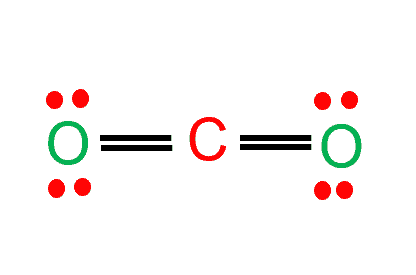In mathematics, composite numbers are whole numbers with more than two factors. Non-prime whole numbers are composite numbers because they are divisible by more than two numbers. Some key points about composite numbers are listed below:
- 1 is neither a prime number nor a composite number.
- All even numbers except 2 are composite numbers.
- 4 is the smallest composite number.
Table of Contents
Composite Numbers Definition
A composite number is a positive integer that can be produced by multiplying two smaller positive integers. All composite numbers are the product of two or more prime numbers. An integer 18 is a composite number because it is the product of two smaller integers, 3 and 6.
Composite numbers from 1 to 100
4, 6, 8, 9, 10, 12, 14, 15, 16, 18, 20, 21, 22, 24, 25, 26, 27, 28, 30, 32, 33, 34, 35, 36, 38, 39, 40, 42, 44, 45, 46, 48, 49, 50, 51, 52, 54, 55, 56, 57, 58, 60, 62, 63, 64, 65, 66, 68, 69, 70, 72, 74, 75, 76, 77, 78, 80, 81,82, 84, 85, 86, 87, 88, 90, 91, 92, 93, 94, 95, 96, 98, 99, 100.
Composite Numbers in Simple Terms
Composite numbers are positive integers that have more than two factors. In other words, composite numbers have at least one factor other than 1 and themselves. For example, the number 6 is a composite number because it has factors other than 1 and 6: 2 and 3. Similarly, the number 12 is also a composite number because it has factors other than 1 and 12: 2, 3, 4, and 6.
In contrast, prime numbers are positive integers that have exactly two factors: 1 and themselves. For example, 2, 3, 5, 7, 11, and 13 are all prime numbers, because they can only be divided by 1 and themselves without any remainder.
It is worth noting that 1 is not considered a prime number or a composite number. This is because it only has one factor (itself) and does not fit into the definition of either category.
Daily Life Significance of Composite Numbers
Composite numbers have several daily life significances. Here are a few examples:
- Security: Composite numbers are widely used in encryption and security systems. For example, the security of credit card transactions and online banking relies on the fact that it is very difficult to factor large composite numbers into their prime factors.
- Factoring: Factoring composite numbers is an important problem in mathematics, and it has practical applications in cryptography, computer science, and many other fields. For example, factoring composite numbers is a key step in finding the prime factors of a large number, which is necessary for many cryptographic algorithms.
- Design: Composite numbers are often used in the design of products and systems. For example, the number of spokes on a bicycle wheel is often a composite number, as this makes the wheel stronger and more durable.
- Time: Composite numbers are also used in measuring time. For example, an hour has 60 minutes, which is a composite number. The minute is then divided into 60 seconds, which is also a composite number.
- Geometry: Composite numbers can also be used in geometry to create interesting and symmetrical shapes. For example, a shape with 12 sides is called a dodecagon, and it is a regular polygon with sides of equal length and angles of equal measure.
In summary, composite numbers have a wide range of applications in various fields, including security, factoring, design, time, and geometry. They play an important role in our daily lives and are an essential part of mathematics.
Composite Numbers Definition in Arabic
تعني الأعداد المركبة أعدادًا صحيحة إيجابية تحتوي على عوامل أكثر من عاملين. وبمعنى آخر، تحتوي الأعداد المركبة على عامل واحد على الأقل غير الواحد والعدد نفسه. على سبيل المثال، العدد 6 هو عدد مركب لأنه يحتوي على عوامل غير الواحد والستة: 2 و 3. بالمثل، العدد 12 هو أيضًا عدد مركب لأنه يحتوي على عوامل غير الواحد والاثني عشر: 2 و 3 و 4 و 6.
على النقيض من ذلك، تعتبر الأعداد الأولية أعدادًا صحيحة إيجابية تحتوي على عاملين فقط: الواحد والعدد نفسه. على سبيل المثال، الأعداد 2 و 3 و 5 و 7 و 11 و 13 كلها أعداد أولية لأنها يمكن قسمتها فقط على الواحد وأنفسها بدون بقية.
يجب الإشارة إلى أن الرقم 1 لا يعتبر عددًا أوليًا ولا عددًا مركبًا، وذلك لأنه يحتوي فقط على عامل واحد (نفسه) ولا يتناسب مع تعريف أي من الفئتين.
More Links
Associative Property- Addition & Multiplication
The Concept of Proportionality
Commutative property
Cartesian Plane| Definition and Simple Explanation
Inversely Proportional Definition
Standard Deviation
How Many Cups in a Gallon?
- BCl3 Lewis Structure in four simple steps - November 1, 2023
- PH3 Lewis Structure in four simple steps - October 8, 2023
- PF3 Lewis structure in four simple steps - September 24, 2023



